

BLATTARIA - COCKROACHES
Insects in general get a bad rap, but even amongst the insects particularly scathing treatment is saved for the cockroaches. For the most part their reputation is undeserved, only about 30 species (or 1% of all cockroaches) infest human habitations. Cockroaches are omnivores, and it is this non-fussy diet that makes them so adaptable, but add to this some remarkable physiological gifts - the ability to survive without a head for several weeks for example or the capability to feed on the most unlikely of substances such as glue from a postal stamp - and it is no surprise that they are often considered "the only animal that will survive a nuclear war!". Cockroaches do indeed have a resistance to radiation 6 to 15 times that of humans, but this is not extraordinary in relation to other insects. One aspect of cockroach behaviour that leads to infestations is that they leave a scent trail in their faeces, this trail is followed by other cockroaches which are then able to locate food sources more easily. In general they are nocturnal and shun light.
Click on the images to enlarge them.
Designed by Paul Smith 2006. This website is copyrighted by law. Material contained herewith may not be used without the prior written permission of FAUNA Paraguay. Photographs on this page were taken by Paul Smith and Moriz Stiefel and are used with their permission.
Thanks to Horst Bohn for identifying the images in this gallery!
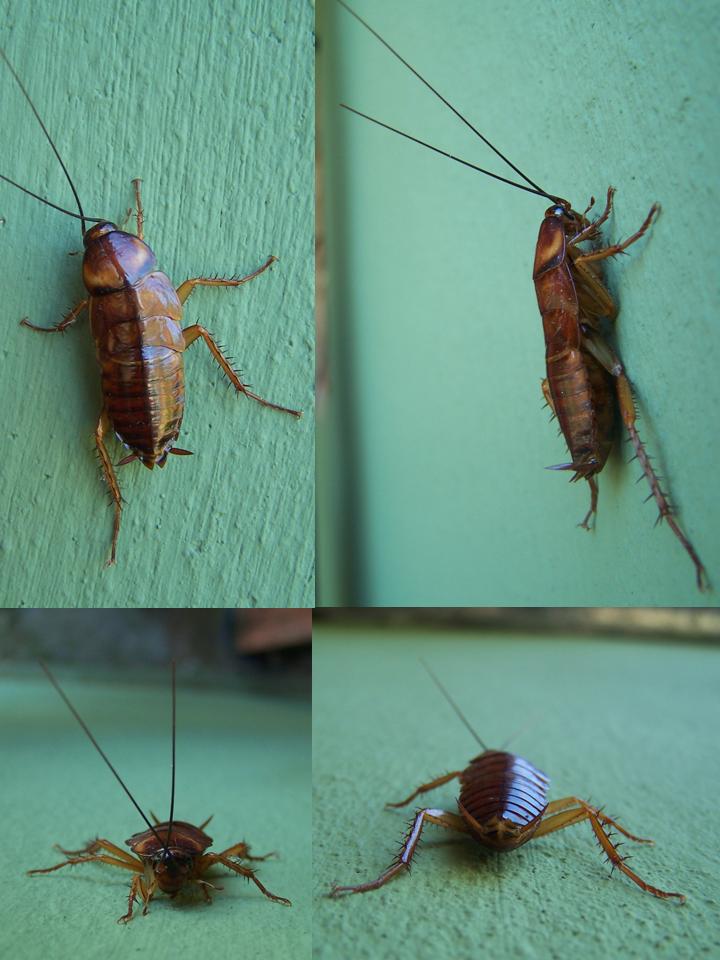 | FIGURE 1 |
|
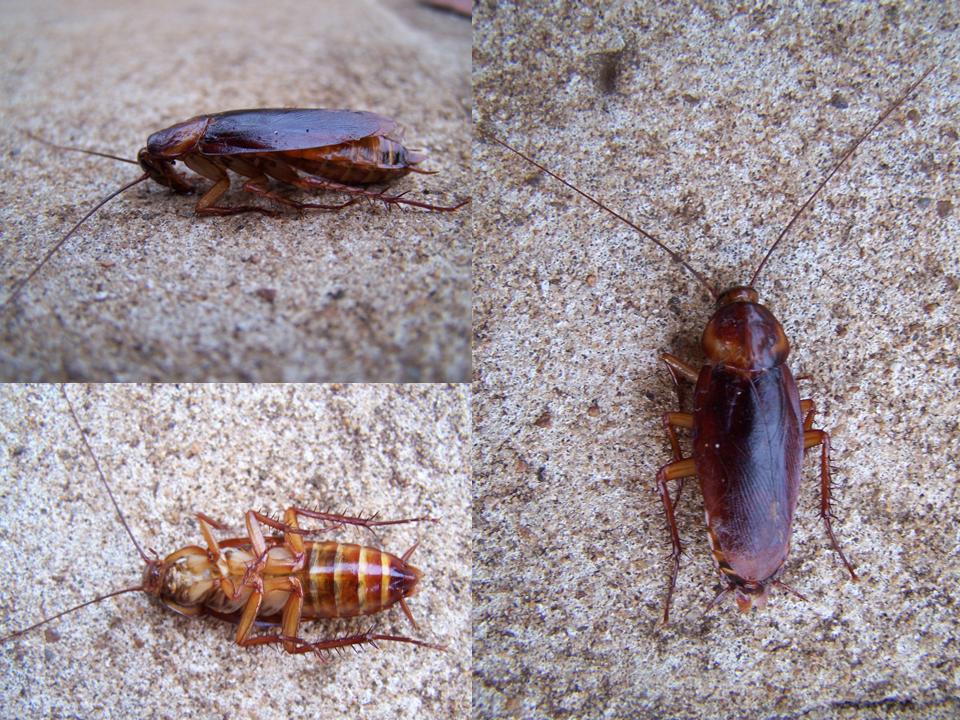 | FIGURE 2 |
|
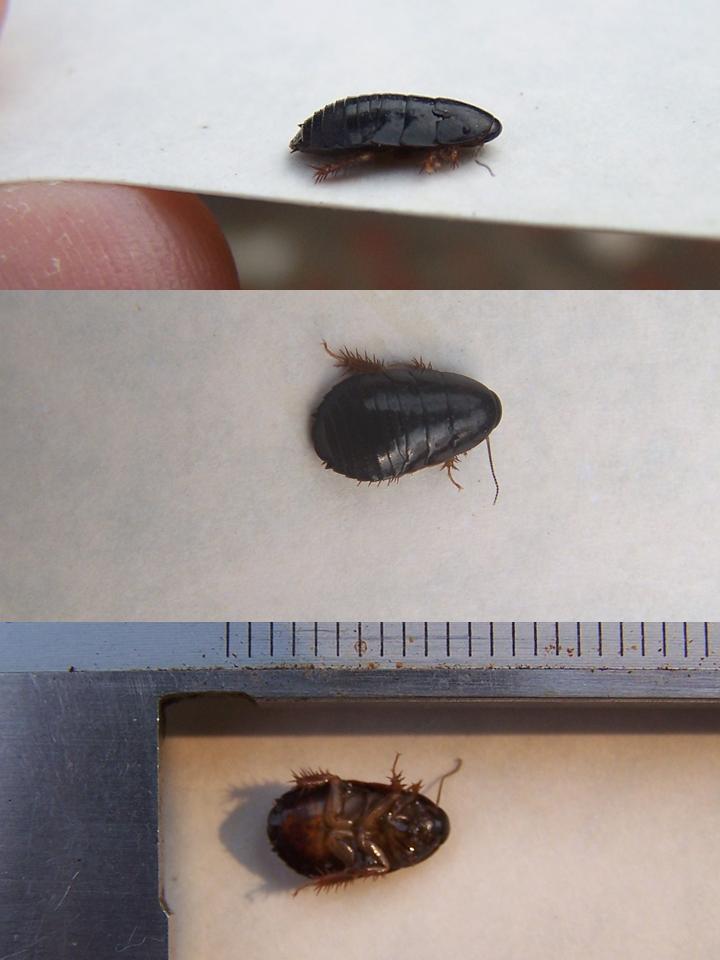 | FIGURE 3 |
|
 | FIGURE 4 |
|
 | FIGURE 5 |
|
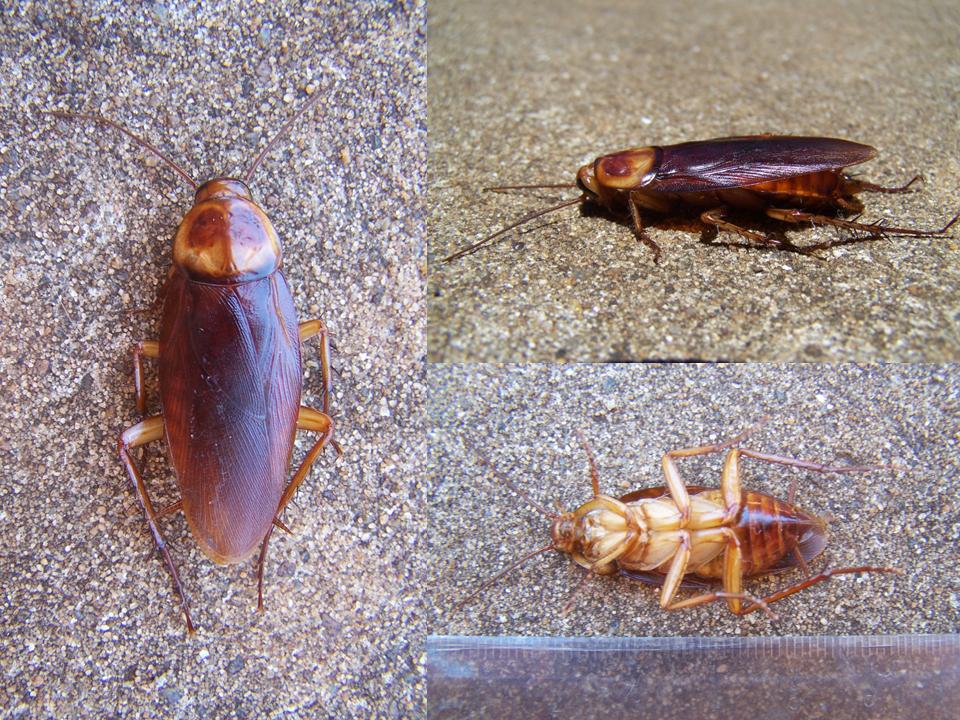 | FIGURE 6 |
|
 | FIGURE 7 |
|
 | FIGURE 8 |
|
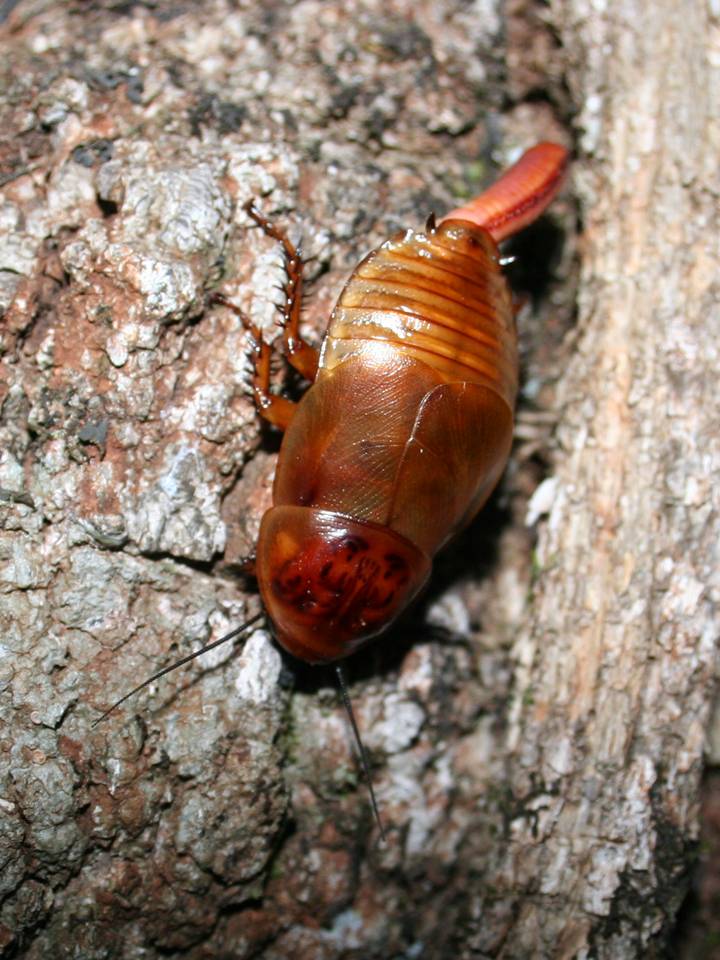 | FIGURE 9 |
|
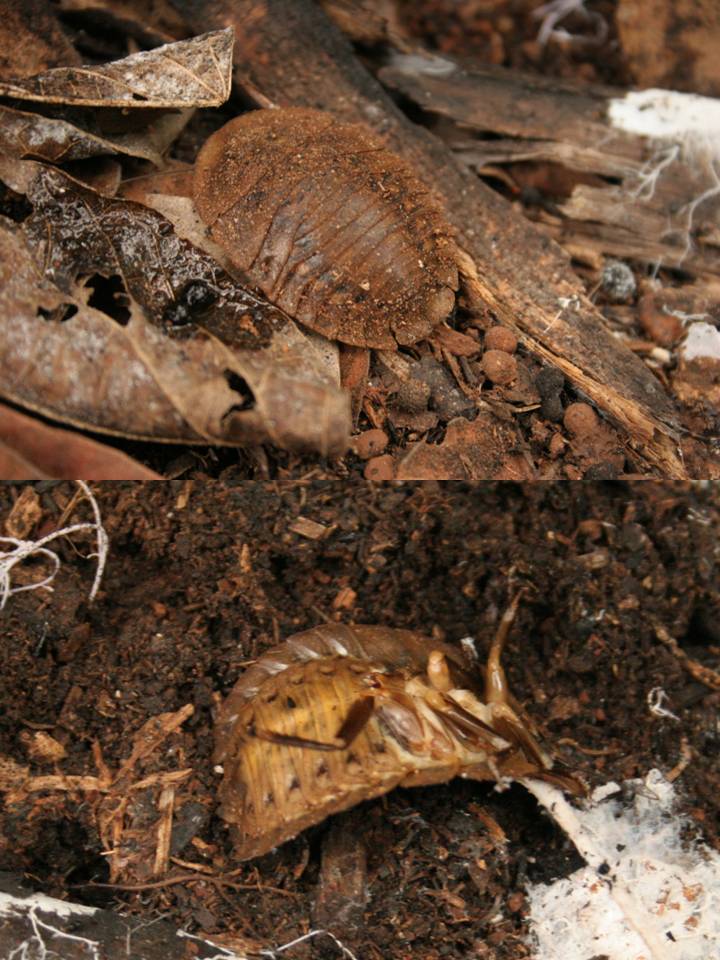 | FIGURE 10 |
|
 | FIGURE 11 |
|
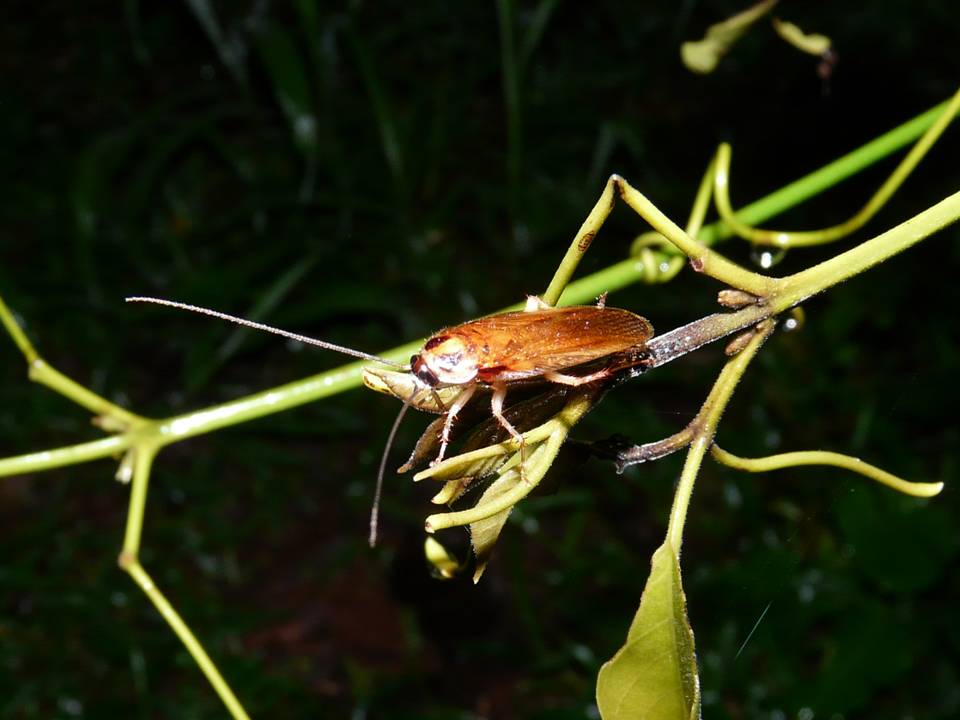 | FIGURE 12 |
|
 | FIGURE 13 |
|
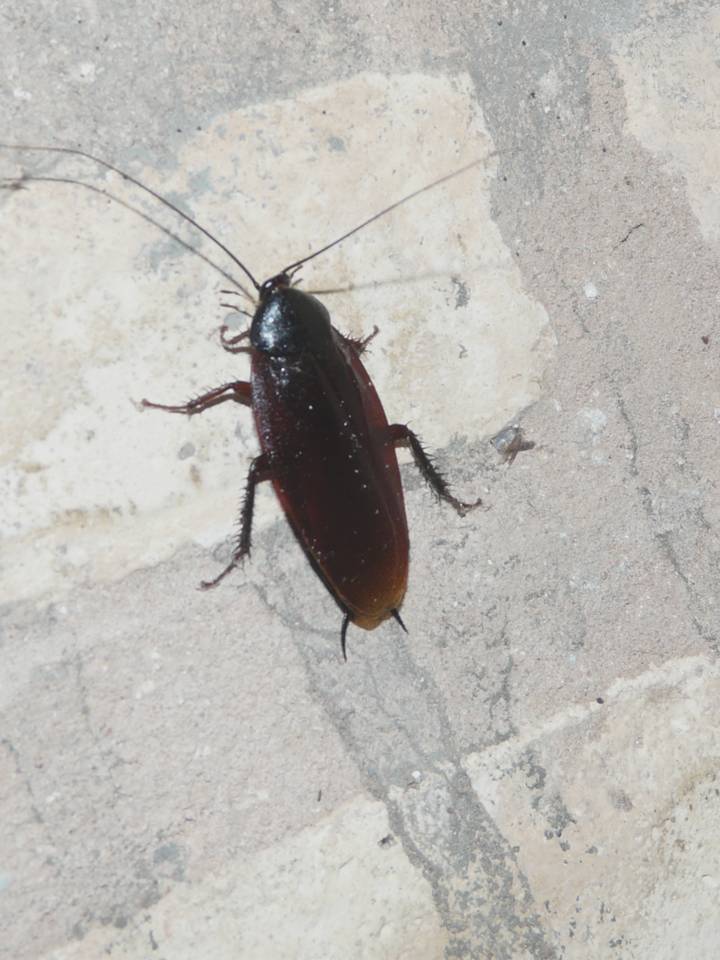 | FIGURE 14 |
|
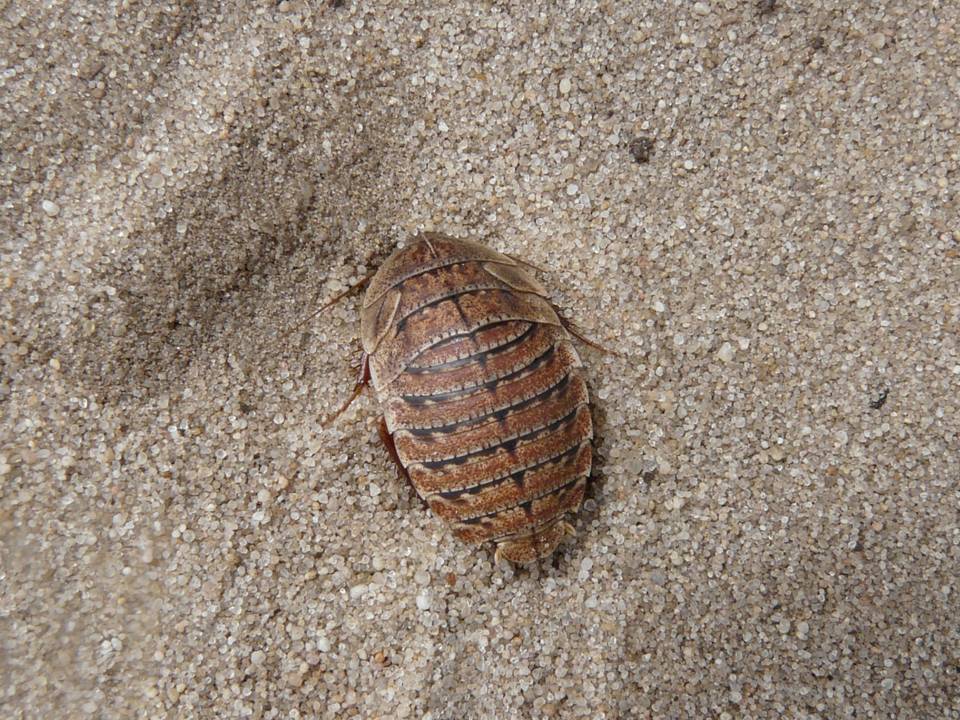 | FIGURE 15 |
|
 | FIGURE 16 |
|
FIGURE 1 - American Cockroach Periplaneta americana larva- Encarnación, Departamento Itapúa (Paul Smith August 2007).
FIGURE 2 - American Cockroach Periplaneta americana female - Encarnación, Departamento Itapúa (Paul Smith November 2007).
FIGURE 3 - Pycnoscelus surinamensis larva - Encarnación, Departamento Itapúa (Paul Smith September 2007).
FIGURE 4 - Blaberus sp. male - PN Tte Enciso, Departamento Boquerón (Paul Smith October 2007).
FIGURE 5 - Panchlora sp. male - Encarnación, Departamento Itapúa (Paul Smith November 2007).
FIGURE 6 - American Cockroach Periplaneta americana male - Encarnación, Departamento Itapúa (Paul Smith November 2007).
FIGURE 7 - Hormetica sp. - PROCOSARA, PN San Rafael (Paul Smith March 2008).
FIGURE 8 - Monastria sp. - PROCOSARA, PN San Rafael (Moriz Stiefel April 2008).
FIGURE 9 - Unidentified sp. female - PROCOSARA, PN San Rafael (Moriz Stiefel April 2008).
FIGURE 10 - Unidentified sp. - PROCOSARA, PN San Rafael (Moriz Stiefel April 2008).
FIGURE 11 - Blaberus sp. - Mbaracayú Biosphere Reserve, Departamento Canindeyú (Paul Smith October 2008).
FIGURE 12 - Unidentified sp. - Itabó Itaipú Reserve, Departamento Alto Paraná (Paul Smith October 2008).
FIGURE 13 - Pycnoscelus surinamensis female - Encarnación, Departamento Itapúa (Paul Smith April 2009).
FIGURE 14 - Unidentified sp. - Estancia Laguna Blanca, Departamento San Pedro (Paul Smith December 2009).
FIGURE 15 - Unidentified sp. - Estancia Laguna Blanca, Departamento San Pedro (Paul Smith February 2010).
FIGURE 16 - Epilampra sp. - Estancia Laguna Blanca, Departamento San Pedro (Paul Smith February 2010).

